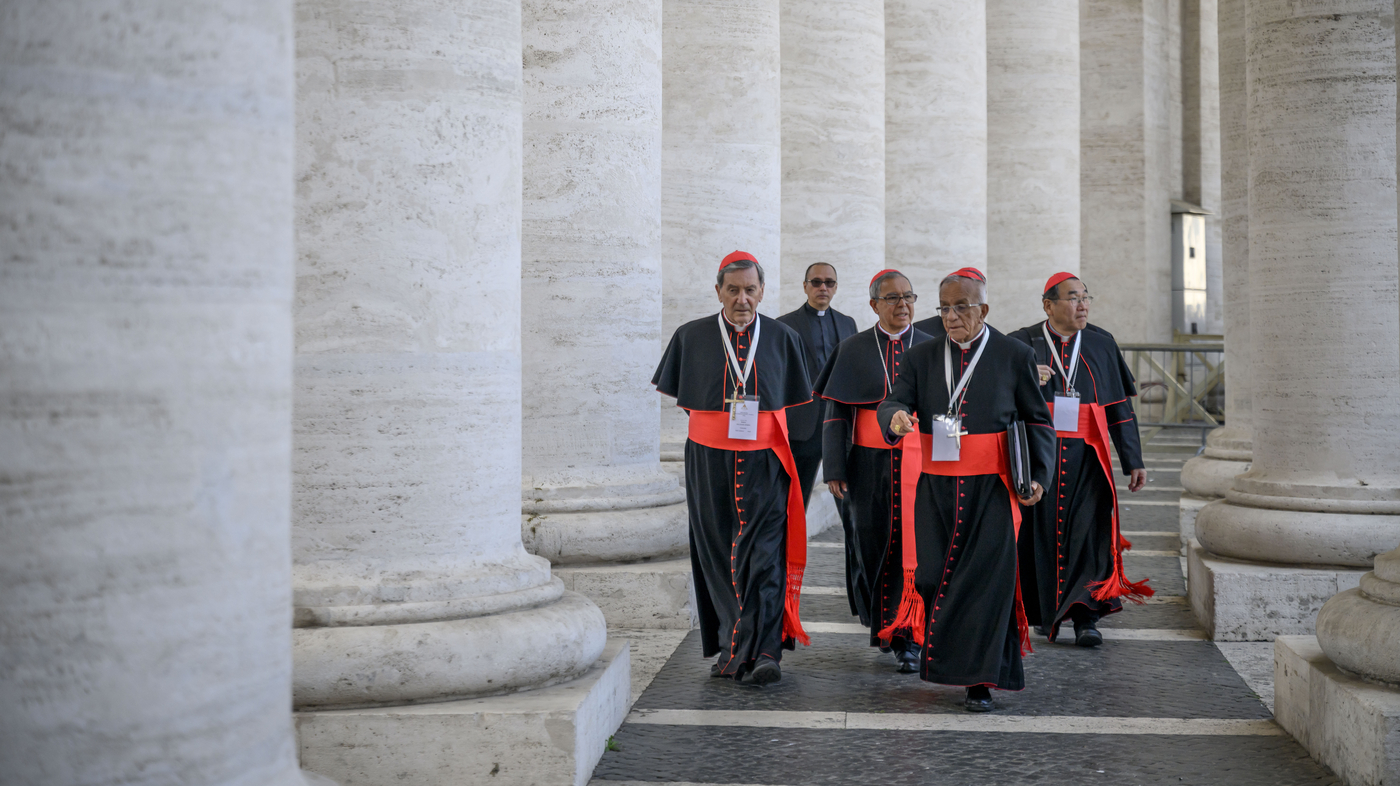The Cardinal Electors: A Global and Diverse Group
The upcoming conclave to elect the next pope is a pivotal moment that will significantly influence the trajectory of the Catholic Church. This conclave stands out for its unique composition and the global representation it embodies. Let’s explore the details of the cardinals who will cast their votes and the profound significance of this historic gathering.
A Global Assembly
The conclave will involve 133 cardinals from around the globe, making it the most international and youngest in history. The College of Cardinals, which includes 252 members, is narrowed down to those under 80 years old who are eligible to vote. This ensures that the electors are actively engaged in the current affairs of the Church.
The Least European Conclave
Under the leadership of Pope Francis, the College of Cardinals has evolved to better mirror the global Catholic Church. For the first time, fewer than half of the voting cardinals are European. This shift is a fitting legacy for the first pope from South America, who has consistently underscored the importance of a global perspective within the Church. Gregg Gassman, a librarian who hosts the Popeular History podcast, described this as “the least European conclave in history.”
Inclusivity from the Global South
Pope Francis has made significant strides in appointing cardinals from diverse regions, particularly from the Global South. Countries such as Myanmar, Rwanda, and Tonga now have representatives in the College of Cardinals. This inclusivity is a testament to the pope’s vision of a more diverse and representative Church. The United States, with 10 cardinals, and Italy, with 17, are the most represented nations, but the global reach extends far beyond these traditional strongholds.
The Process and Leadership
The conclave will be overseen by Cardinal Pietro Parolin, the most senior elector and former secretary of state under Pope Francis. His leadership will be crucial in guiding the cardinals through the voting process, ensuring that it is conducted with the necessary solemnity and secrecy.
The Voting Process
The conclave will take place in the Sistine Chapel, a setting steeped in history and tradition. The cardinals will gather to cast their votes in a secret ballot, a process that has remained largely unchanged for centuries. The secrecy of the conclave is designed to ensure that the election is free from external influence and that the cardinals can vote with a clear conscience.
The Significance of the Conclave
This conclave is not merely about selecting a new pope; it is about reflecting the global nature of the Catholic Church. The diverse representation of cardinals from various continents and cultures underscores the Church’s commitment to inclusivity and global engagement. This conclave will set the stage for the future of the Church, shaping its direction and priorities in the years to come.
A Moment of Reflection and Hope
As the cardinals prepare to enter the Sistine Chapel, they carry with them the hopes and aspirations of the world’s 1.4 billion Catholics. This conclave is a moment of reflection on the legacy of Pope Francis and a look forward to the future leadership of the Church. The cardinals, with their diverse backgrounds and experiences, will bring a wealth of perspectives to the table, ensuring that the new pope is chosen with a global vision in mind.
The Role of the Conclave in Shaping the Church’s Future
The conclave is a critical juncture in the history of the Catholic Church. With a diverse and international group of cardinals, this conclave reflects the global nature of the Church and its commitment to inclusivity. As the cardinals gather in the Sistine Chapel, they will not only be choosing a new leader but also shaping the future of the Church for generations to come. This conclave marks a new era, one that is more representative, more inclusive, and more global than ever before.
The Impact of Global Representation
The inclusion of cardinals from the Global South and other regions beyond Europe signifies a shift towards a more inclusive Church. This diversity ensures that the Church’s leadership is better equipped to address the unique challenges and opportunities faced by Catholics worldwide. The cardinals’ varied experiences and perspectives will enrich the decision-making process, leading to a more nuanced and comprehensive understanding of the Church’s global mission.
The Legacy of Pope Francis
Pope Francis’ tenure has been marked by a strong emphasis on inclusivity and social justice. His appointment of cardinals from diverse backgrounds has laid the groundwork for a more representative Church. The conclave will build upon this legacy, ensuring that the new pope continues to promote a Church that is open, inclusive, and globally engaged.
Conclusion
A New Era for the Catholic Church
The conclave to select the next pope is a pivotal moment in the history of the Catholic Church. With a diverse and international group of cardinals, this conclave reflects the global nature of the Church and its commitment to inclusivity. As the cardinals gather in the Sistine Chapel, they will not only be choosing a new leader but also shaping the future of the Church for generations to come. This conclave marks a new era, one that is more representative, more inclusive, and more global than ever before. The world watches with anticipation as the cardinals prepare to cast their votes, knowing that the outcome will have a profound impact on the future of the Catholic Church. The election of the next pope will not just be a change in leadership but a testament to the Church’s evolving identity and its readiness to embrace a more diverse and interconnected world.

